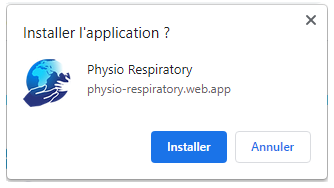Introduction
(introductory video to come )
All modules are written and proofed by highly experienced senior physios who have collaborated with health workers in many global health backgrounds.
Our ten key conditions to all modules are to:
- deliver essential practice
- include clinical reasoning and differential diagnosis
- emphasise intuitive comprehension
- translate into any language
- be safe through clinical trialling
- be culturally sensitive
- include anatomy, physiology and pathology
- guide the student safely through all stages
- allow flexible lesson planning with cut and paste options
- be simple to learn with long term practical uses
We hope you will agree! Yet it is important to add that these modules should only be taught by qualified physios so that instruction is kept simple and rehab needs are properly provided to communities that are without current access to physio services.
Who is this for?
These teaching modules are for qualified physios to teach in communities who cannot access professional physio services. We do not replace such a service, but instead provide the basic skill set to promote healing, increase movement and function, independence and safety.
The amputee module has been designed by a specialist amputation rehabilitation
physiotherapist.
As with other DevelopingPhysio modules, considerable emphasis is placed on images to encourage
understanding, thereby
reducing the need for literacy and translations. Each image is captioned to allow for its translation
(see below).
This module is designed for appointed community workers (who, as students, do not
require any medical background). Tests are included to allow the teaching physio to check their
student's understanding
and progress. Eventually, the trained community worker is able to assess, diagnose and treat patients
within their
community.
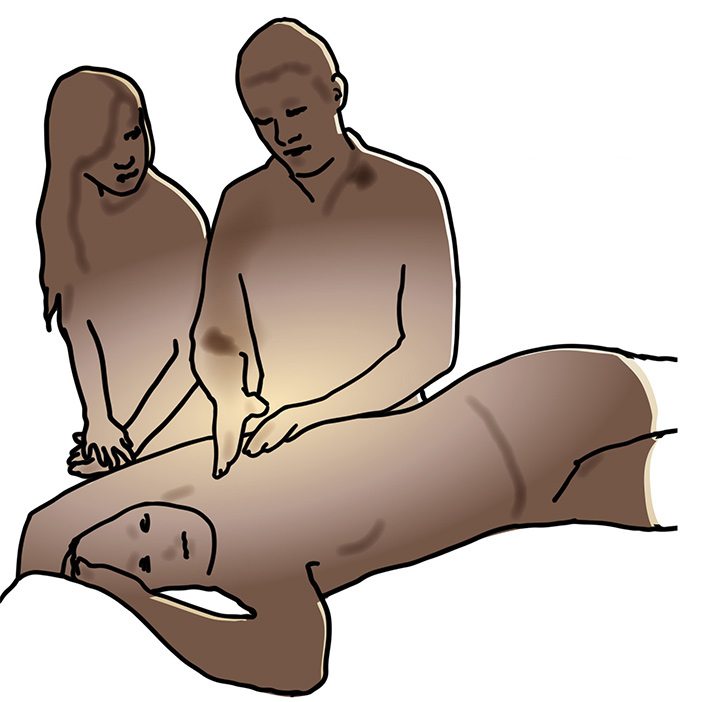
The two parts
All modules are divided into two key sections entitled Library and
Practice.
The Library section contains the relevant anatomy, physiology and pathology, followed by clinical guidance to
demonstrate how the clinical reasoning works.
The second Practice section uses SOAP (Subjective, Objective, Analysis and Plan) logic to guide the user through the assessment
process, which in turn leads intuitively into its relevant treatment.
Library
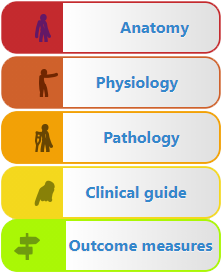
The first section is in the form of a library, that provides specific information on relevant Anatomy, Physiology and Pathology
This is followed by a Clinical guide which introduces the Objective assessment in a way to help the teaching physio demonstrate how clinical reasoning works and how a diagnosis will be made. Finally, Outcome measures determine the ongoing improvement of the patient.
Practice

This section introduces the logic of SOAP
(Subjective, Objective,
Analysis & Plan)
Within this framework, the Objective section provides a picture flow sequence to
prompt the user through the critical tests that determine
the diagnosis of the patient, which in turn leads to their recommended
Treatment.
Patient treatment notes
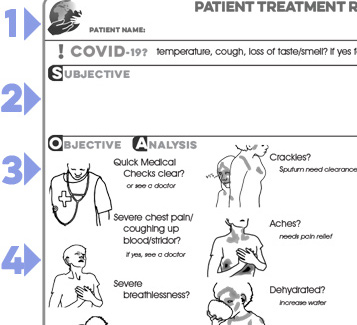
Patient notes are a legal requirement and very important to maintain correctly. They follow the S.O.A.P. protocol and a quick explanation of this is provided at the start of the section.
Exam

We recommend an exam after the teaching to assess whether the student is safe to assess, diagnose and treat patients.
Pre/post learning checks

Before teaching begins, this preliminary check is taken by the student to ascertain any background knowledge. This test is repeated after their exam stage, to indicate improvement and grow confidence.
Resources

The module finishes with a resources section where teachers and students can find further reading, learning games and students tests
Your feedback is vital in helping us refine the module for the benefit of all users, so please dont hesitate to give us your thoughts!
Red flag
This 'red flag' icon indicates "See a doctor!" Where no doctor exists, then please take any practical medical alternative action possible.
CBR research
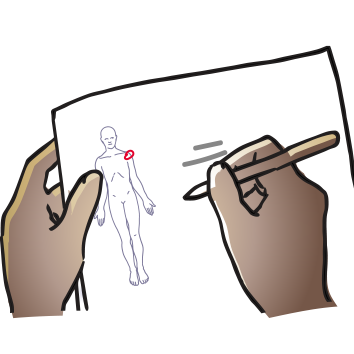
Since 2013, we have been listening to pilot studies, led from the field in countries such as Burma, Dharamsala (India), Cameroon, Kenya, Uganda, Kyrgkyzstan, Malawi and Madagascar. This gradual and organic process has refined the modules to their current format today. Between 2021-2024, an extensive literature search and review of the published evidence was undertaken to explore health workers training needs in facilitating physical CBR (P-CBR) in low-resourced settings. This was done by Fiona Lindsay via a PhD at the Global Health Academy, University of Edinburgh.
In 2025, global primary research will be undertaken to scrutinise and dissect the DP modules, to ensure that they remain robust in nature, accessible and of the highest standard to support CBR initiatives in low-resouced settings. We welcome anyone interested in P-CBR to get involved in this research. Please contact us for more information.
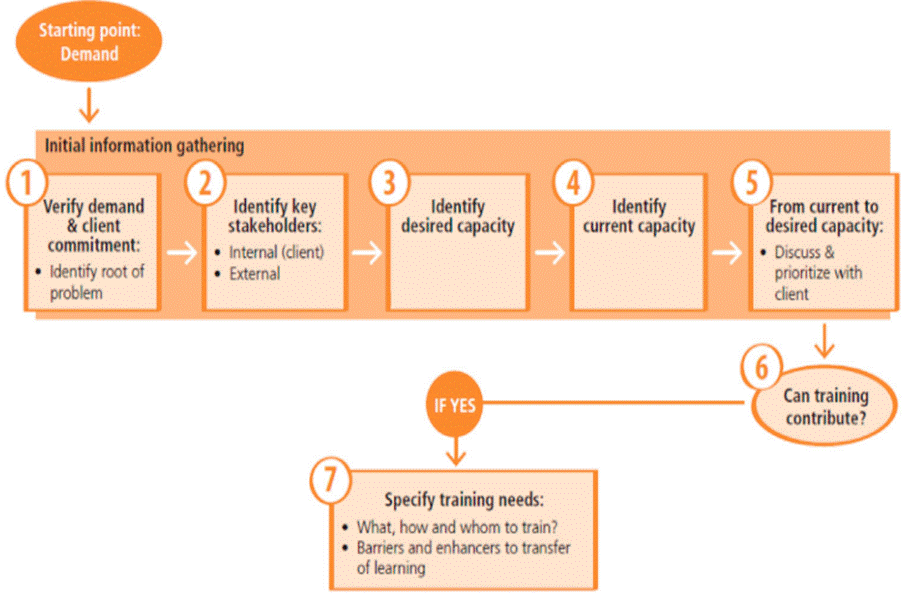 (above graphic: by Kester et al.Kester ACM, Kaelin VC. Participatory capacity development: Report of a community-based training
needs assessment in Vietnam. World Federation of Occupational Therapists Bulletin. 2021;77(1):40-8)
(above graphic: by Kester et al.Kester ACM, Kaelin VC. Participatory capacity development: Report of a community-based training
needs assessment in Vietnam. World Federation of Occupational Therapists Bulletin. 2021;77(1):40-8)
Printing
All pages of the module can be printed (in any language) although we recommend noting a few key points to ensure that you can print out in the most useful format you need!
Although printing defaults each slide to a single page, the number of slides per printed page can easily be increased. Please note that to print in a different language the page must be translated first (see 'translation' below) before selecting the print button.
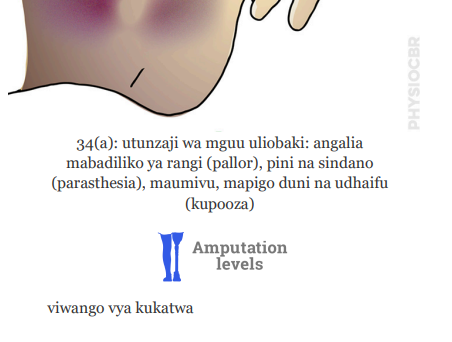
Save as pdf
It is worth noting that, rather than printing at this stage, documents can be 'saved as pdf'. When needing to print in a different language this can be especially useful since any errors in translation can then be tweaked using pdf software (several are free).
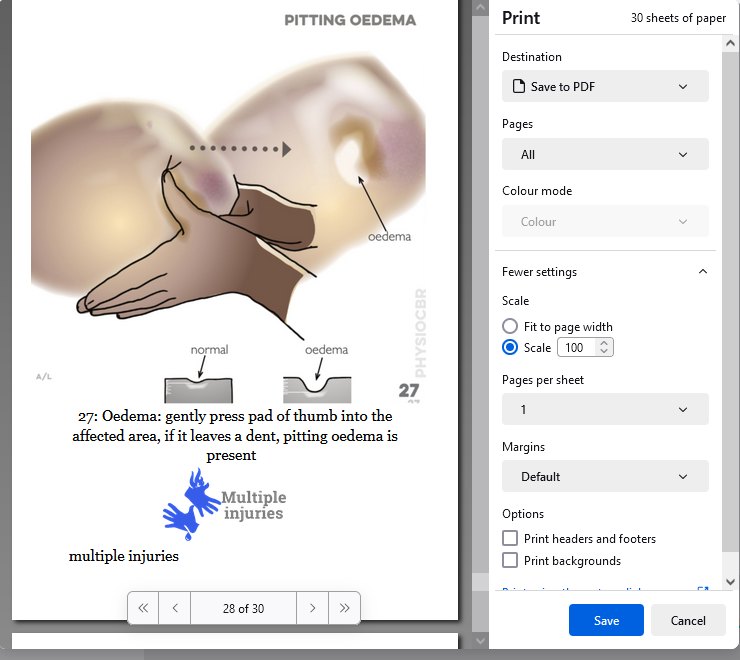
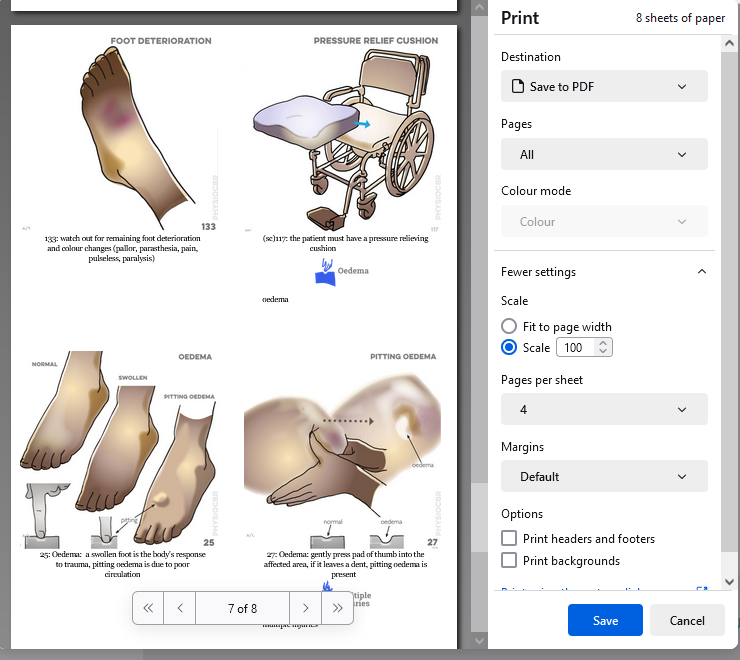
Translation
For translation needs, Google Chrome or Firefox are recommended browsers, providing the simplest means to convert text into another language (simply right-click on any page in Chrome) or select from the icon at top right of the browser.
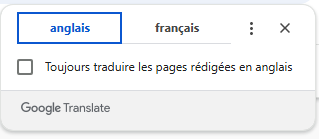
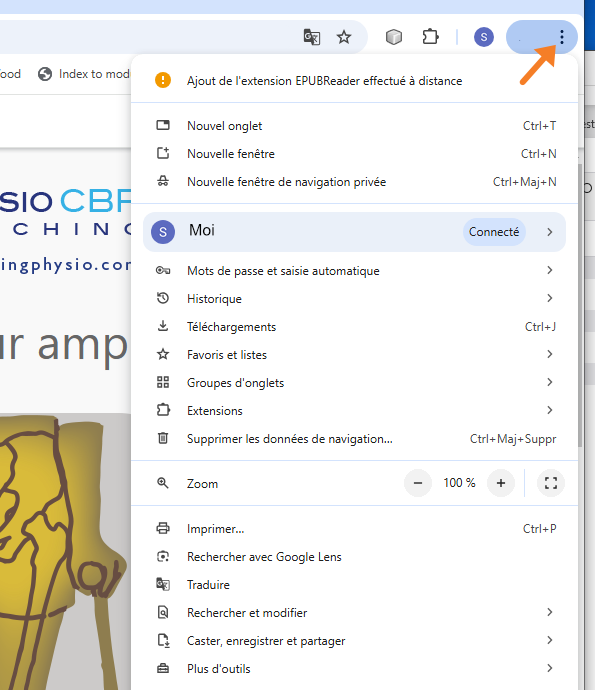
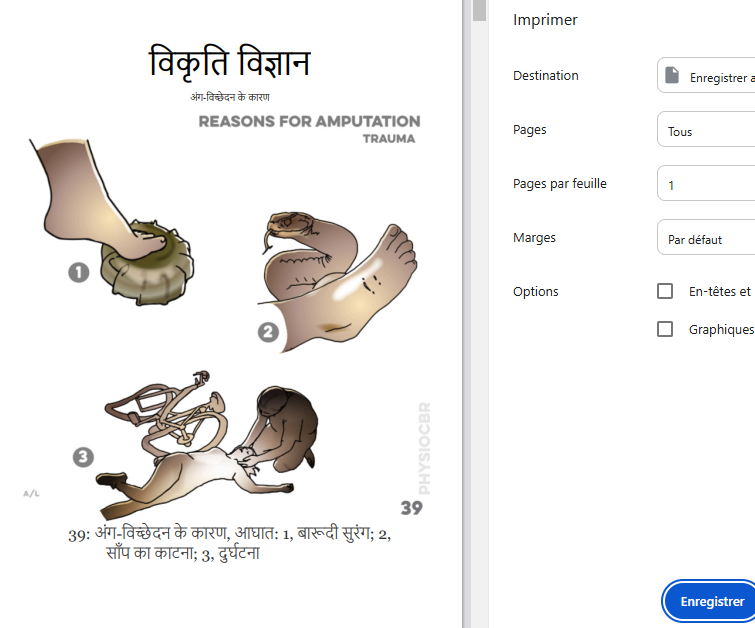
App and offline use
To use this module without internet connection, click the small download button at the top right of your screen (whilst online). You will then be taken through a very quick app installation process so that an icon can then be installed on the homescreen of your device. Pages you visit whilst online are then cached (automatically stored) and will then be available at any time and anywhere you go, including areas with no internet connectivity.
